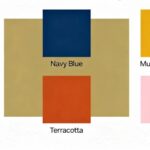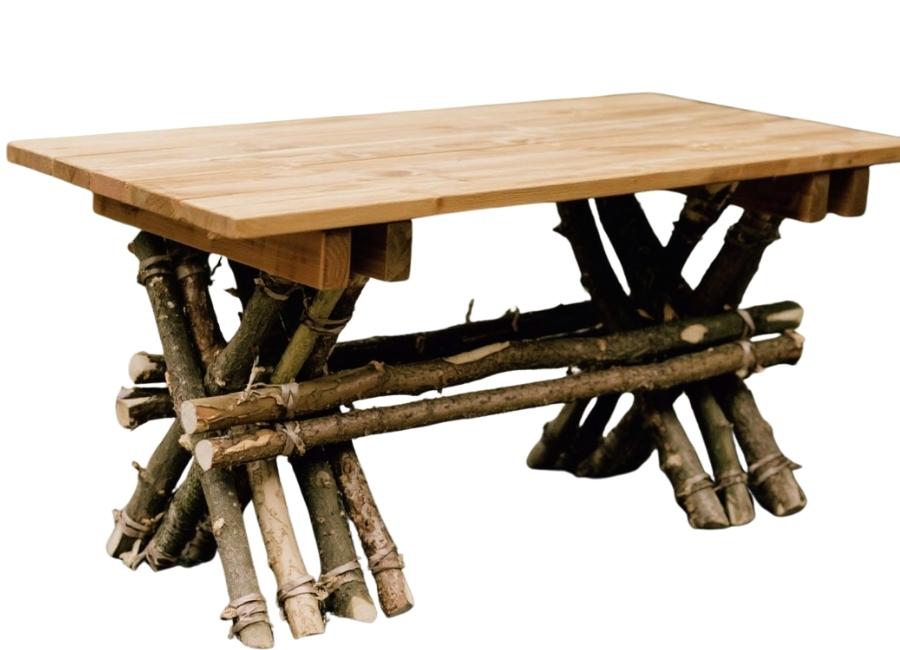Staked furniture is a style that has lasted for centuries, combining old construction techniques with a look that fits well in today’s homes. The method involves attaching legs directly into a solid surface, such as a tabletop or chair seat, making each piece sturdy and unique.
appreciated its simple design, utilising local wood and basic tools to craft sturdy. This method is not a recent trend. It goes back to some of the earliest furniture ever made. For example, the Roman workbench is a classic case of staked construction from long ago. (Schwarz & Christopher, 2019) This style started out of necessity, when people had few resources, and it follows a “less is more” approach. Early makers appreciated its simple design, utilising local wood and basic tools to craft sturdy furniture.
Even though it started simply, staked furniture is making a comeback today. Its straightforward look and ability to fit in with many decorating styles have made it popular again. In this guide, you’ll learn what sets staked furniture apart and how you can use it in your own home.
The Defining Characteristics of Staked Furniture
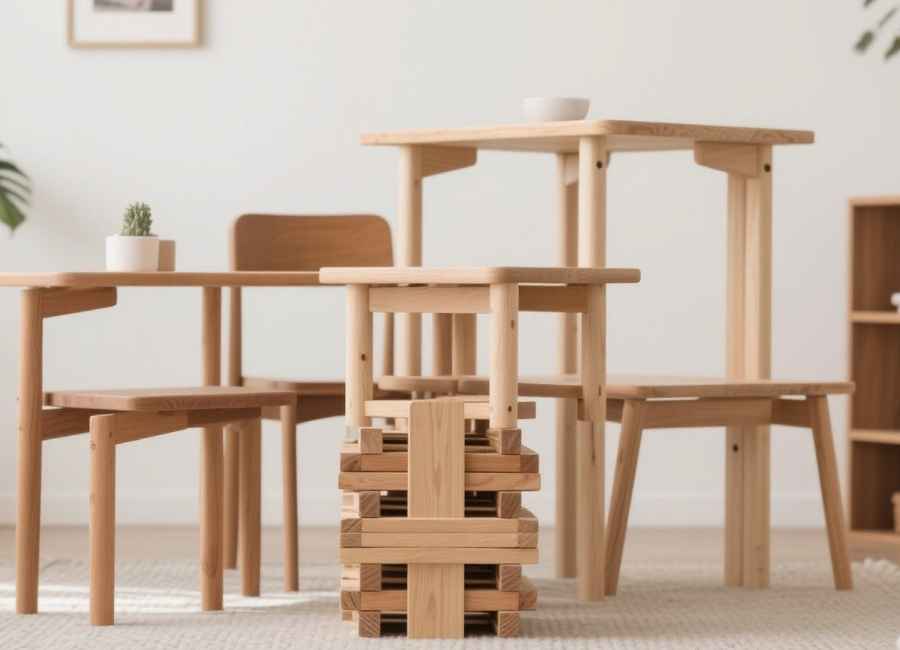
Staked furniture stands out because of its simple and effective design. It uses strong joints, good materials, and has a clean look.
Key Design Features
The hallmark of staked furniture is its legs, which are fitted securely into slightly angled holes in a flat surface. This technique creates a powerful mechanical joint without needing extra hardware. Artisans often use tapered tenons and reamed holes, which ensure a snug, self-tightening fit as the wood naturally expands and contracts with changes in humidity.
Common Materials
Staked furniture is usually made from solid wood. Hardwoods such as oak, elm, and ash are common because they are strong and have attractive grain. The type of wood chosen affects how the furniture looks and how long it lasts, giving each piece its own character.
Durability and Stability
Staked furniture is known for being very sturdy. The way it is put together, along with good materials, means it lasts a long time and stays stable. Some pieces have lasted for centuries, showing just how durable this style can be. The design also lets the wood move naturally, which helps prevent cracks or weakness as time goes by.
Aesthetic Qualities
Staked furniture has a timeless charm because of its clean lines and simple shape. Its simple style means it works well with many types of interiors, from rustic to modern. The look can change depending on the finish. Natural oils bring out the wood’s grain for a subtle effect, while paint or stain can add color or a polished look. The way the legs are shaped, the tabletop or seat’s profile, and how the legs are angled can all change how the piece looks.
Popular Types of Staked Furniture
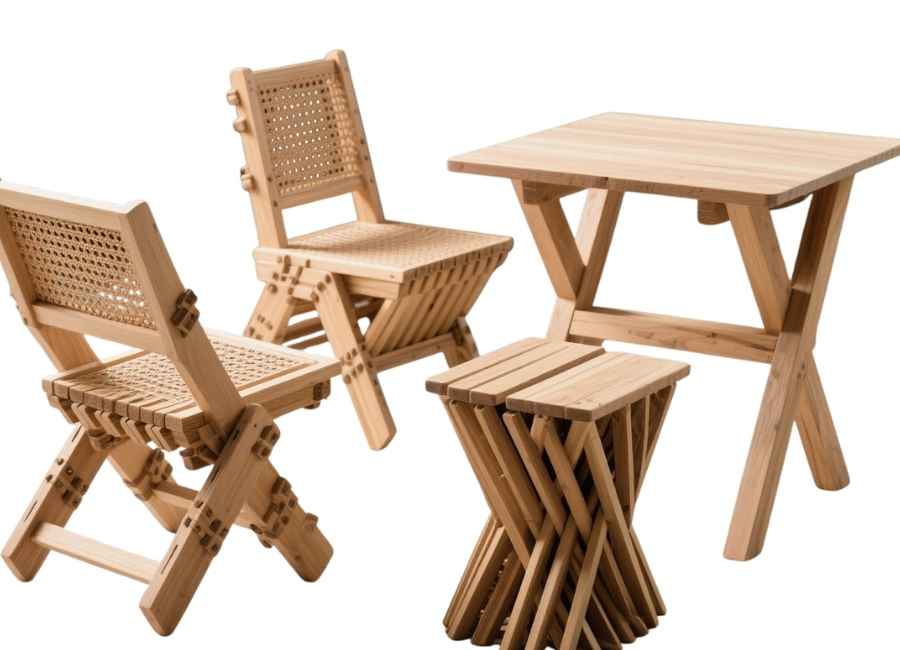
While the construction method is consistent, staked furniture comes in many forms, from intricate chairs to simple, functional tables.
Chairs
Exhibit distinctive features based on the materials used by the maker. Welsh stick chairs are a well-known type of staked chair. They come from the countryside of Wales and are valued for their unique, folk-art style. (Welsh Stick Chair, n.d.) Each chair is unique, often featuring a high back, multiple spindles, and a seat crafted from a single piece of wood. Unlike mass-produced chairs, Welsh stick chairs usually exhibit distinctive features based on the materials used by the maker.
Tables and Desks
Staked construction is also used for tables and desks, from small coffee tables to big dining tables. Larger pieces usually have thicker legs to hold up the surface, and sometimes stretchers are added between the legs for more support. The simple lines of staked tables make them a good fit for both classic and modern rooms.
Stools and Benches
Beyond chairs and tables, the staked style includes a variety of other items like stools and benches. Stools can range from simple, flat-topped models for practical use—like the classic three-legged milking stool—to more contoured versions designed for comfort. Benches are a useful addition to hallways, dining areas, or as accent pieces, offering the same simplicity, durability, and practicality as other stake items.
Staked Furniture in Your Home
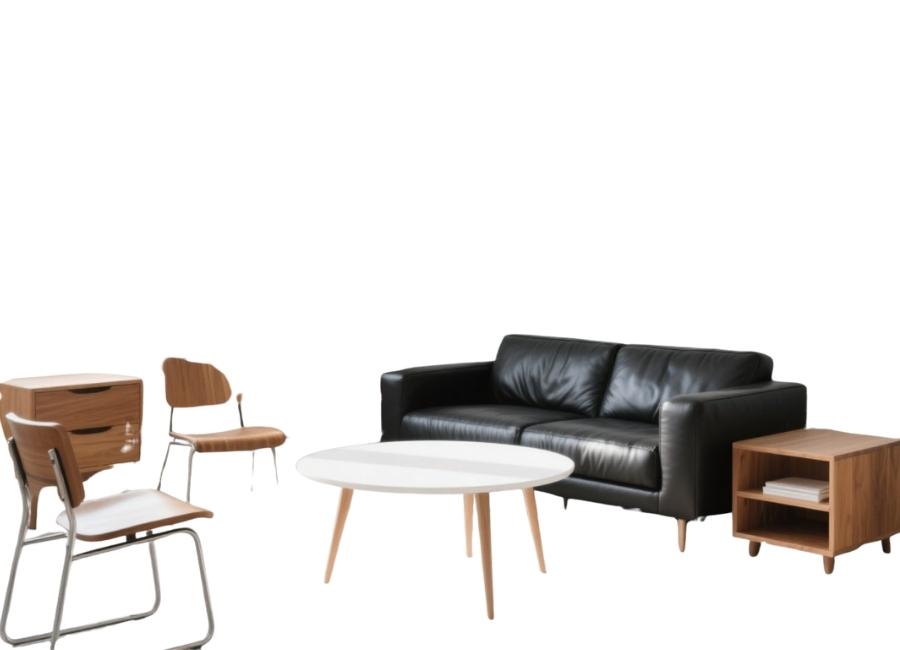
It’s easy to add staked furniture to your home because it is so versatile and adaptable.
How to Style Stacked Furniture
Staked furniture looks great in many different home decor styles.
- In minimalist or Scandinavian rooms, its clean lines and simple shapes add function without making the space feel crowded.
- In traditional or rustic homes, the natural wood and handmade feel of staked furniture match the charm of these spaces.
When choosing a piece, think about its size, color, and material and how they fit with the rest of the room.
Tips for Pairing with Other Furnishings
Here are some tips to keep in mind when adding staked furniture to your space:
- Balance and Proportion: Make sure the furniture piece complements the room’s size and the other items in it. For instance, a long staked bench can be a perfect partner for a large dining Table.
- Material Harmony: Combine staked wood furniture with other natural materials, such as stone, metal, or plants, to create a unified look.
- Color Coordination: If your staked piece is natural wood, think about how its color fits with the rest of the room. Painted or stained pieces give you more options to match or contrast with your decor.
Maintenance and Care
Staked furniture is made to last, but taking care of it will keep it looking good for years. Dust it regularly and clean it now and then with a gentle wood cleaner. Keep it out of direct sunlight and away from heat to prevent the wood from drying or warping. If your piece has a natural oil finish, apply wood oil from time to time to keep the wood in good shape.
Find Your Next Staked Piece
Staked furniture is more than a style. It shows a real appreciation for lasting craftsmanship and practical design. While trends change, its classic look proves that simplicity and quality never go out of fashion.
If you want to learn more or try making your own stake furniture, there are some great resources you can check out:
- Lost Art Press Blog: This blog offers a rich collection of articles on stake furniture, from historical perspectives to practical making advice. (Schwarz & Christopher, 2023)
- Quercus Magazine: An excellent resource for woodworkers of all levels, providing insights into the practical aspects of furniture making. (The Chairmakers Toolbox, 2023)
- Mortise & Tenon Magazine: This publication explores the historical and technical aspects of traditional woodworking, including the construction of stake furniture. (Mortise & Tenon Magazine, n.d.)
Exploring these resources can deepen your appreciation for this timeless craft and inspire you to bring a piece of this history into your Home.





